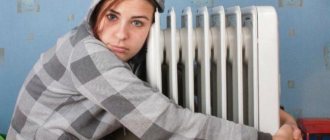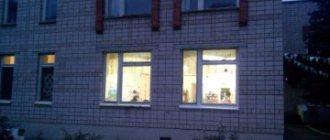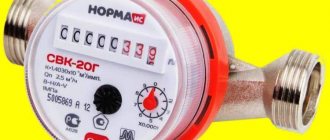When do you turn on the heating?
When it gets colder until heat is supplied, living in an apartment becomes uncomfortable and people are increasingly concerned about the timing of the heating season.
Decree of the Government of the Russian Federation dated May 6, 2011 No. 354 clearly defines the beginning and end of the season for supplying heat to residential buildings. According to the document, heating should be supplied to apartments in the fall, when the average daily outdoor temperature is below 8 °C for 5 days in a row. And turn it off in the spring at a constant temperature above 8 °C (read more - When do you turn on the heating in an apartment in Moscow and other regions?).
Thus, if the average daily temperature changes from +5°C to +10°C over several days, then it is too early to talk about turning on the heat.
Air temperature standards for the heating season in an apartment 2021
The main legislative act regulating temperature standards in premises is GOST 30494-2011. “Residential and public buildings. Indoor microclimate parameters" .
They stipulate the optimal and permissible temperature standards used for apartment buildings and various premises:
- kindergartens;
- administrative buildings.
It follows from the document that the standard temperature in the apartment should be from +18°C to +24°C .
| Period of the year | The name of a room | Air temperature, °C | |
| optimal | acceptable | ||
| Winter | Living room | 20-22 | 18-24 (20-24) |
| At the temperature of the coldest five-day period: -31 °C and below | 21-23 | 20-24 (22-24) | |
| Kitchen | 19-21 | 18-26 | |
| Toilet | 19-21 | 18-26 | |
| Bathroom, combined toilet | 24-26 | 18-26 | |
| Facilities for recreation and study sessions | 20-22 | 18-24 | |
| Inter-apartment corridor | 18-20 | 16-22 | |
| Lobby, staircase | 16-18 | 14-20 | |
| Storerooms | 16-18 | 12-22 | |
| Summer | Living room | 22-25 | 20-28 |
In brackets is the indoor temperature for nursing homes and families with disabled people.
What should be the t norm during the heating season?
SanPiN has established requirements for temperature conditions in the cold and warm seasons. In winter, the standards are as follows (see table).
| Room | Optimal, °C | Permissible, °C |
| Corridor | 20–22 | 18–24 |
| Kitchen | 19–21 | 20–24 |
| a guest room | 20–22 | 18–24 |
| Room (bedroom) | 20–22 | 18–24 |
| Children's room | 20–22 | 18–24 |
| Cabinet | 20–22 | 18–24 |
| Toilet | 19–21 | 18–26 |
| Bathroom | 24–26 | 18–26 |
The construction features of apartment buildings and the wear and tear of communications lead to the fact that the first and last floors are colder than others. Moreover, when residents complain to the management company about inconsistencies, these features (cold basement, attic) justify non-compliance with the temperature regime. This is absolutely illegal.
Dear readers! To solve your problem right now, get a free consultation
— contact the lawyer on duty in the online chat on the right or call: +7 (499) 938 6124 — Moscow and region.
+7 (812) 425 6761 — St. Petersburg and region. 8 (800) 350 8362 - Other regions of the Russian Federation You will not need to waste your time and nerves
- an experienced lawyer will solve all your problems!
The heating season standards established by the state apply to residential premises regardless of location or floor. Temperatures below the permissible limits are unacceptable, but they can be above the specified level, but not more than 4 degrees.
There is a requirement to install special heating systems for uniform heat distribution in the floors of the first floors. The owners should not be influenced whether their house is brick or panel.
IMPORTANT! Utilities are required to maintain acceptable temperature limits in all apartments from which they charge maintenance fees.
The law sets the bar for optimal room temperature, but everyone will have their own comfortable temperature. Objectively, the feeling of comfort at certain temperatures depends on factors:
- The age of the person. Infants and older people are more heat-loving; they need to maintain a temperature level above average.
- Floor. Typically, women prefer to be in warmer rooms than men.
- Individual characteristics. Some people like coolness; for others, comfort lies in warmth.
When the management system maintains the regime at the proper level in homes, creating comfortable conditions and adjusting the temperature by a couple of degrees is not difficult. For this purpose, there are numerous climate control systems, air conditioners, and heaters.
Normal temperature in a corner apartment during the heating season
The new GOST does not say anything about houses with corner apartments; accordingly, the value is taken according to the standards of a standard living room. In the old GOST R 51617-2000 it was indicated that the value increases by 2 degrees.
Download the new GOST 30494-2011, current for 2021.
Deviations from the norm are allowed:
- for optimal - 2 °C;
- for permissible - 3 °C;
Violation by utility services that underestimate the heat supply to apartments entails both administrative and criminal liability.
Optimal temperature during the heating season
It is clear from the above that the comfortable value in the apartment is established by SNIP
at 20-22 degrees. Possible indicators are defined within the range of 18-26 degrees, in accordance with the purpose of the housing. Kitchens, living rooms and bathrooms have different standards. The errors correspond to 3 degrees of decrease and 4 degrees of increase in indicators. Unfortunately, according to current legislation, when it is 15 degrees above zero in an apartment, claims cannot be made against management companies. Also at a temperature of 30 degrees, when in winter the batteries heat up to their maximum. Here, as they say, if you want to live, know how to move around and contact the relevant authorities.
How to measure the air temperature in an apartment?
It is not very easy to obtain objective figures for the measurements taken, but if you wish, you can be patient and eventually achieve a recalculation of the heat payment.
To measure the air temperature in a room correctly, you need to adhere to a number of rules:
1. Measurements are taken at an outside temperature no higher than -5°C.
2. Take measurements on a cloudy day. The rays of the sun, penetrating into the room through the window, additionally warm it up, and the readings on the device will not correspond to the actual picture.
3. Eliminate heat leakage through unsealed windows and cracks.
4. Measure temperature:
- in a private house - in two rooms of more than 5 sq.m., having 2 external walls or a large window (an area of 30% of all walls in the room);
- in an apartment building - measurements are taken on the first and last floors, in two rooms of more than 5 sq.m.
5. The measuring device should be located at a distance of at least half a meter from the outer wall and battery, at a height from the floor in rooms located mainly:
- in a sitting position - 10; 60 and 170 cm;
- standing or walking - 10; 110 and 170 cm.
What temperature should the apartment be in winter?
During the heating season the norm does not change. The thermometer should still show the same 18°. However, many people complain that the room is too hot or, conversely, cold.
The fact is that the microclimate depends not only on temperature, but also on other parameters:
- Air humidity. Comfortable indoor humidity for humans is 40-60%. If the air is too humid, the cold can be felt even at high temperatures. When humidity falls within the normal range, even low temperatures do not cause discomfort.
- Oxygen level. This value should not be lower than 21%. To control oxygen levels, you need to frequently ventilate the premises or install devices with a “climate control” function.
- Air movement. The air in the rooms should be fresh. This depends not only on regular ventilation, but also on the ventilation system. If there is poor ventilation in the house, a person will feel worse. In the cold season, air movement should be within 0.1-0.3 m/s. Determining this value on your own is problematic, so always monitor ventilation, carry out wet cleaning and wipe off dust.
- Radiation temperature. This term refers to the average temperature of indoor surfaces, heating systems and operating artificial lighting devices. Due to poor thermal insulation of the external walls, the apartment will be cold even at high temperatures, since the walls will be blown through and create a draft.
The number of walls that face the outside and the floor on which the housing is located also matter. As a rule, corner apartments and those located on the first and last floors are always colder.
Therefore, you should not slander the housing organization if the SNP standards are not the norm for you. They set a general indicator that is optimal for the majority. You have the right to adjust your microclimate to your comfort zone.

What affects a comfortable temperature?
The optimal temperature in an apartment is considered to be the indicator at which a person feels comfortable in a normal amount of clothing. However, thermal comfort is a flexible concept that depends on many factors:
- Age. It is advisable for elderly people and children to stay in rooms 2-3 degrees warmer.
- Floor. Women get colder than men, which is why they prefer the temperature at home to be higher.
- Metabolism. When metabolism is impaired, a person freezes faster, and a temperature of 18° may seem like the “North Pole” to him.
- Cloth. Depending on what clothes you wear at home, you may be cold or hot at normal temperatures.
- Temperature changes. If the weather outside the window is constantly changing, the same happens with the “weather” in the house. If there is a sudden cold snap, the apartment will become chilly even at the optimal temperature.
The most difficult factor is the human one, so it is important to understand that only you can set the ideal temperature.

Why is it important to maintain the temperature in the apartment?
The microclimate in the apartment is important not only for comfort and coziness, but also for health. It may seem that a slight temperature deviation of 2-3 degrees from the norm is a mere trifle. But constant exposure to higher or lower temperatures can harm the body, lead to the development of cardiovascular and respiratory pathologies, and exacerbation of allergic reactions.
Failure to comply with temperature standards leads to certain consequences:
- Fever. When the degrees on the thermometer rise even by 2-3 levels, a person loses working capacity and gets tired faster. Even quality sleep and rest will not help here. The cardiovascular system receives additional stress, and the body's water and electrolyte balance is disturbed. If there is also high humidity in the room, pathogenic fungi can develop.
- Reduced temperature. Constantly cool rooms lead to heat loss. This is fraught with colds, viral and respiratory diseases, exacerbation of chronic diseases and inflammatory processes.
Older and younger people are at particular risk - they are more vulnerable to temperature conditions.
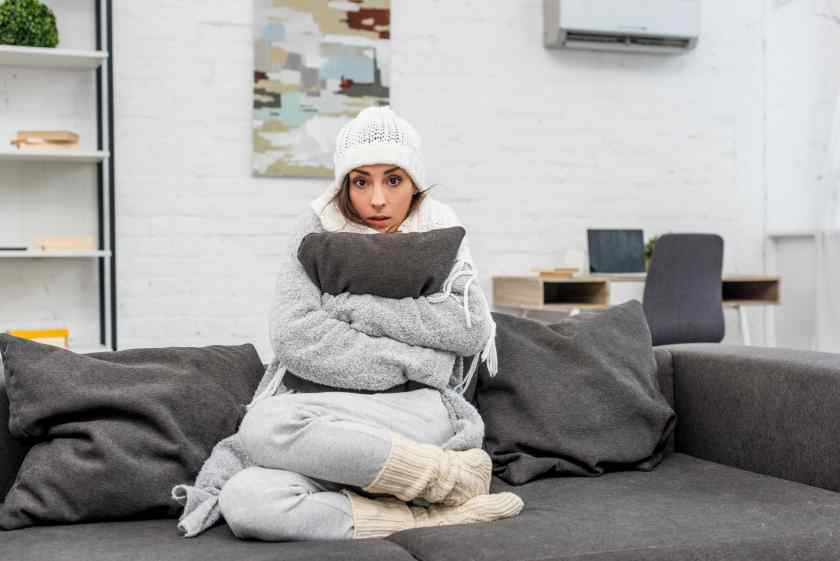
If the temperature in the apartment is below normal, what should you do?
If during the measurements a deviation from the norm was found to be smaller, it is necessary to notify the utility service or management company that services the apartment building. She sends an emergency team to draw up a measurement report. This is an official document containing a number of details, on the basis of which a decision is made to recalculate utility bills for services. It is drawn up in two copies, one of which remains in the hands of the tenant.
Certificate of checking the temperature in the apartment
If there is a significant deviation from the norm, the management company is obliged to recalculate heating payments for the month in which these deviations were discovered.
The law establishes payment reduction figures - they amount to 0.15% per hour when a temperature deviation from the standard value is detected.
For example. During the heating season, the air temperature in the corner room is fixed at 16 °C (the norm is +20 °C) 14 hours from the design period (it is 720 hours). After taking readings from an individual metering device, the thermal energy consumption for the past month amounted to 0.7 Gcal at a tariff of 1,900 rubles. 32 kopecks for 1 Gcal. Since the air temperature was below normal, the amount of payment for heating is reduced by 0.15% for each hour when it is recorded in the act.
Recalculation of utility bills for heating
- The fee for 14 hours when heating was provided of inadequate quality is reduced by: 0.15% x 14 hours = 2.1%.
- Standard payment for heat in the billing period (30 days or 720 hours): 0.8 Gcal multiplied by the tariff of 1,900 rubles. 32 kopecks total 1,520 rub. 25 kopecks
- As a result, after the reduction we get: 1,520 rubles. 25 kopecks x (100% - 2.1%) = 1,488 rubles. 32 kopecks
There are cases when patient residents measure their temperature for several days and during this period it constantly falls short of the norm. Then the fee reduction becomes significant. But not every management company is ready to unquestioningly recalculate the cost of heating services. Often, dissatisfied tenants can only defend their rights in court.
Please note that heat payments can only be recalculated once a calendar year. The process of registration and collection is quite lengthy, requiring scrupulousness and a large number of documents.
Indoor temperature standards
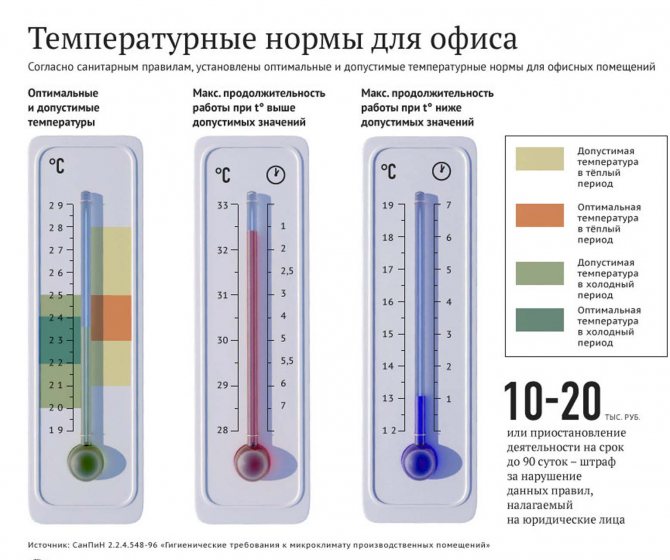
The standard establishing permissible temperature values for residential premises during the cold season is “GOST R 51617-2000. Housing and communal services. General technical conditions". It requires compliance with a temperature range of 18-25 degrees Celsius . Within this range, a standard is established for each type of room in the room.
So, in the living room the temperature should not be below 18 °C, and in the bathroom - below 25 °C . Deviations to the bottom are permissible only at night (0.00 - 5.00) by no more than 3 °C. SanPiN, in turn, also declares the upper temperature limit. For example, for a living room it is 24 °C.
The minimum temperature in a corner apartment is 20 °C . For a staircase in the entrance of a residential building, the temperature standard is set in the range of 14-20 °C, and for the inter-apartment corridor - 16-22 °C.
Since heating in an apartment or other premises is a service that the relevant services are required to provide, you will find the article on consumer protection, which you can read here, useful.
More detailed standards for all types of premises are set out in the Sanitary Rules and Norms of SanPiN. Thus, in industrial workplaces, a temperature of 16 °C to 24 °C is required , depending on the energy consumption of the work. In attics and basements of apartment buildings, the temperature should not fall below 4 °C .
Problems with the heating system
Such problems, as they say, lie on the surface. Their consequence is not only barely warm radiators, but also increased humidity due to freezing and thawing of the walls. This inevitably leads to the formation of fungus. Of course, such conditions are far from normal for living. Typical signs of heating problems:
- small leak in the radiator,
- noise and bubbling in pipes,
- difference in radiator temperature within one apartment,
- heat distribution is uneven across the floors of the house,
- problems in the apartment building system as a whole.
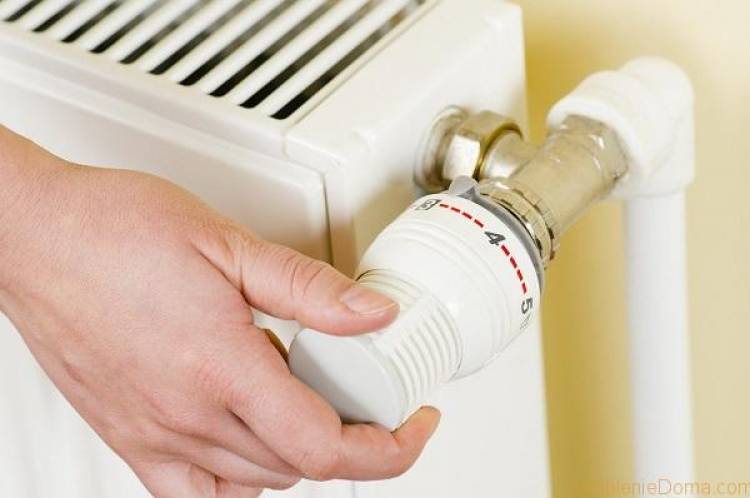
When preparing apartment buildings for the heating season, the management company is obliged to check all systems. If any of them fails, then a number of actions must be taken to eliminate it.
